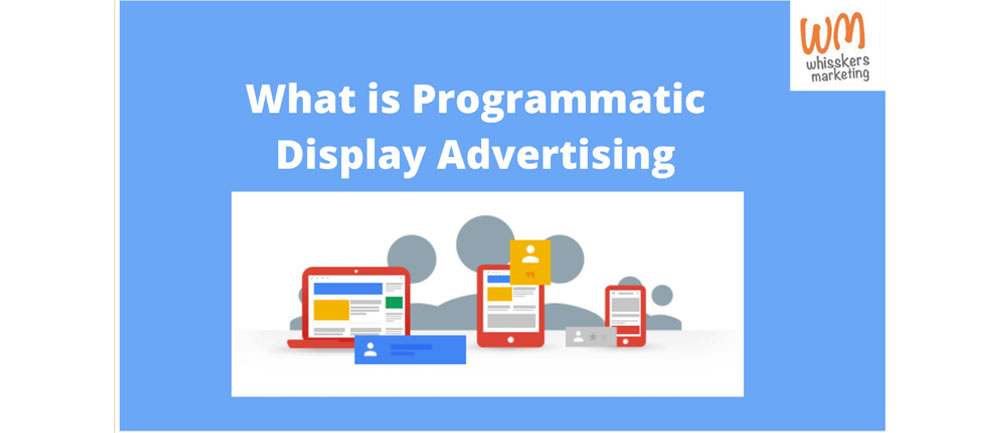Digital marketing has gained immense popularity in the last two decades to an extent that today the majority of the companies are allocating a good amount of budget in digital marketing channels for brand building. Digital marketing uses advanced tools and software to provide detailed data to the marketers to formulate effective marketing strategies to position the brands, products and services.
As consumer behaviour and technology has evolved over a period of time, so is digital marketing. Mobile technology and social media platforms are the new additions in the digital marketing channels because of which new ways of advertising are also discovered like social media marketing, PPC, programmatic display ads to name a few.
A programmatic display ad is a new buzz in the world of digital marketing. It generates a clear marketplace for brands to establish effective customer engagement in real-time with precise targeting of the audience. Programmatic advertising connects advertisers with their targeted audience on all media platforms effectively and that is why it has become the fastest-growing segment of digital marketing.
What is programmatic display advertising?
Programmatic advertising uses advanced software to automate the process of buying digital advertisements. The programmatic advertising is done in three simple steps given below.
- Buy ad space.
- Bid against the competitors.
- The ad will be sold to the highest bidder.
The programmatic advertising agency provides a real-time programmatic platform for brands and prospects along with a secured database for its optimization. They also provide consumer data as per the demography, geography, behaviour, interest, needs, etc, as well as good media buys, professional guidance, and optimization measures for programmatic advertising.
Advantages of Programmatic Advertising
- Optimising brand’s reach
- Real-time measurement & transparency
- Better tracking capacity
- Precise audience targeting
- Enhanced quality and efficiency of advertising
Types of Programmatic Display Ads
Marketers get a wide range of programmatic buying options suitable to their needs and business goals as described below.
- Real-time bidding: Through RTB advertisers can show specific ads to a specific audience based on their geographical location, demand, and behaviour. This provides precise targeting of the audience for effective and optimum programmatic advertising.
- Private auctions: Digital media buyers opt for exclusive auctions where inventories are put on sale by a group or an individual publisher. Through this one can sell or buy customised and unique ad inventory from selected individuals or groups.
- Spot buying: Digital media buying deals take place with pre-negotiations and fixed pricing. These types of deals help advertisers with predictable offerings suitable for their campaigns. Spot buying is always given priority over private or open market buying options.
- Programmatic direct: In this, the buyer gets in touch with a publisher’s ad inventory on a fixed price with automatic assured buying. In this direct sales team gets involved to buy reserved inventory at a fixed price. The deal is guaranteed by third party impressions and ad space.
- Reserved inventory: In this, a specific area on web property is given to the publisher at a fixed price as per the ad size, frequency of ad display, time slot, etc.
- Unreserved Inventory: In this inventory is sold through ad exchanges and third-party ad networks directly so that a publisher can mark a specific area on his web property for the ad display.
How programmatic display advertising works
Programmatic display ads connect people and technology to develop a perfect mix of strategy, perceptions, and efficacy to promote a brand with huge success. The programmatic advertising uses artificial intelligence for media buying. This entire process is described below.
- Marketers create ad space through SSP and connect their SSP with an ad exchange on the website.
- Advertisers set their target audience, budget, price, and other necessary specifics with their DSP and connect it with an ad exchange.
- All the information about the customers visiting the website is also sent to the ad exchange.
- If the customer’s information matches with the marketer’s defined audience, then the marketers will join the auction for RTB.
- The marketer with the highest bid will win the ad space for programmatic RTB, and his ad will be displayed.
- The marketers will get paid for the ad.

